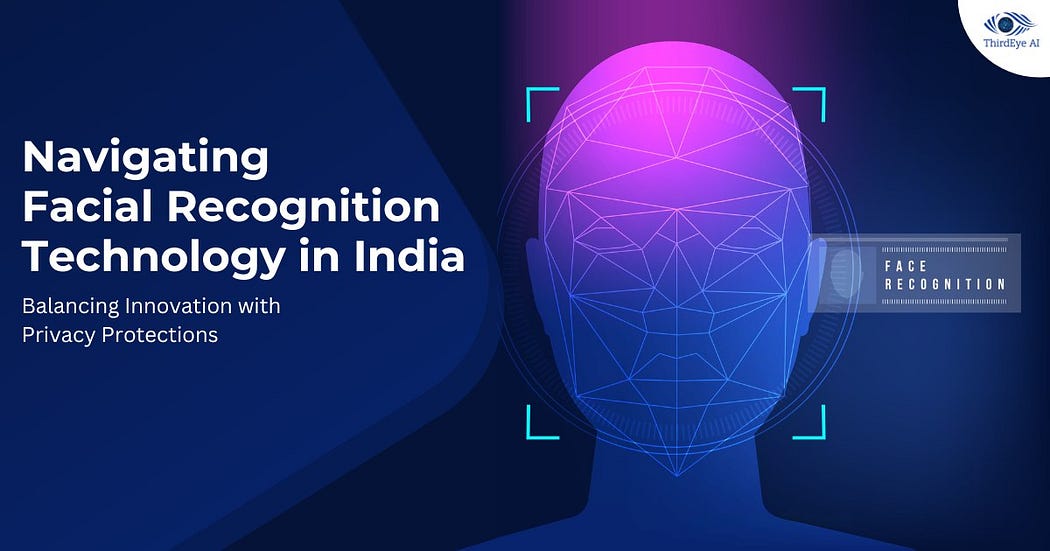 In recent years, India has seen a rapid increase in the use of facial recognition technology (FRT) across various sectors, from law enforcement to public health and education. However, this surge in adoption has raised concerns about privacy, data protection, and the potential for discrimination. In this blog post, we explore the landscape of FRT in India, examining its applications, regulatory challenges, and comparisons with global standards.
In recent years, India has seen a rapid increase in the use of facial recognition technology (FRT) across various sectors, from law enforcement to public health and education. However, this surge in adoption has raised concerns about privacy, data protection, and the potential for discrimination. In this blog post, we explore the landscape of FRT in India, examining its applications, regulatory challenges, and comparisons with global standards.
Understanding Facial Recognition Technology
FRT operates as a biometric identification tool, analyzing facial features to create unique identifiers known as face templates. These templates serve two main purposes: identifying unknown individuals by matching against databases and verifying the identity of known individuals. Powered by machine learning techniques like deep learning, FRT continually improves accuracy and efficiency.
The Proliferation of FRT in India
Over the past five years, FRT has become increasingly prevalent in India, driven by government initiatives and technological advancements. Projects such as the Automated Facial Recognition System (AFRS) by the National Crime Records Bureau (NCRB) exemplify the government’s efforts to modernize law enforcement and security measures.
Regulatory Challenges and Oversight
Despite its widespread adoption, FRT in India lacks comprehensive regulatory oversight. While the right to privacy is recognized as fundamental, there is no specific legislation governing FRT usage by state agencies or private entities. This regulatory gap raises concerns about data protection, privacy infringement, and the risk of mass surveillance.
Comparative Analysis with Global Standards
In contrast to India, jurisdictions like the European Union and the United Kingdom have implemented stricter regulatory frameworks for FRT. Legislation such as the General Data Protection Regulation (GDPR) and the Data Protection Act emphasizes data governance, privacy safeguards, and mitigation of discrimination risks.
Addressing Privacy Concerns and Discrimination Risks
To address privacy concerns and discrimination risks associated with FRT, India must enact comprehensive legislation and oversight mechanisms. This includes limitations on data collection, transparent algorithms, and mechanisms for accountability and redressal. Public awareness campaigns and stakeholder consultations can facilitate dialogue on ethical FRT deployment.
Conclusion
The rapid proliferation of facial recognition technology in India presents both opportunities and challenges. While FRT holds promise in enhancing security and efficiency, it also raises significant concerns about privacy and fundamental rights. By adopting a balanced approach to regulation, India can harness the benefits of FRT while safeguarding individual liberties and promoting social equity.
Comments